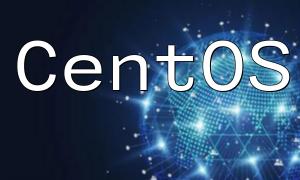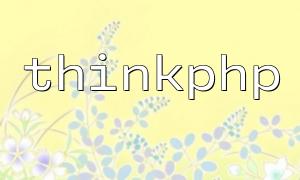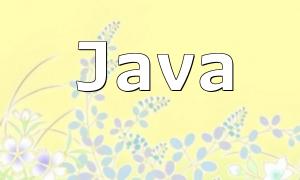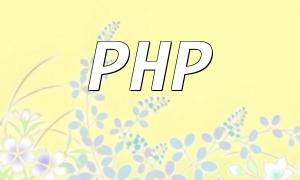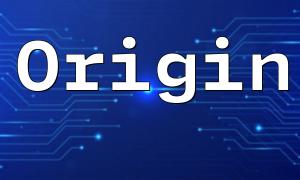In modern software development, the combination of Golang and PHP is increasingly recognized as a way to improve performance and development efficiency. As technology continues to evolve, developers seek efficient solutions to meet increasingly complex demands. This article analyzes the advantages of Golang and PHP and explores how combining them can optimize application performance and development workflows.
Golang (or Go language) is an open-source programming language known for its simplicity and efficiency. It possesses numerous features that make it particularly suited for high concurrency, networking, and backend services:
Golang compiles directly to machine code, making it fast and suitable for high-concurrency environments. This gives Golang a clear advantage in building microservices and backend services.
Go’s built-in Goroutines and Channels make concurrent programming simple and efficient. Developers can easily handle multithreaded applications, processing massive amounts of concurrent requests.
PHP, a widely-used server-side scripting language, is especially popular in web development. Its simple syntax and rich ecosystem make PHP an important tool for developers:
PHP has a relatively simple syntax, which makes it easy for beginners to learn. This allows new developers to quickly get up to speed and start building web applications.
PHP has a large and active ecosystem, with many libraries, frameworks (such as Laravel and Symfony), and tools that help developers quickly create complex web applications.
Combining Golang and PHP allows developers to leverage the strengths of both languages, creating efficient and maintainable applications. Here are some common scenarios for their integration:
In many web applications, Golang can be used to handle complex backend logic, while PHP is responsible for frontend rendering. By using a RESTful API, PHP can retrieve results from Golang, thus improving overall performance.
In a microservices architecture, Golang can be used to build high-performance services, while PHP handles user requests and frontend interactions. The two systems can seamlessly integrate via API communication.
Integrating Golang and PHP is straightforward. By creating an API for data exchange, both systems can communicate efficiently. Below is a simple example of how to implement an API in Golang:
package main
import (
"encoding/json"
"net/http"
)
type Message struct {
Text string `json:"text"`
}
func handler(w http.ResponseWriter, r *http.Request) {
message := Message{Text: "Hello from Golang!"}
w.Header().Set("Content-Type", "application/json")
json.NewEncoder(w).Encode(message)
}
func main() {
http.HandleFunc("/api/message", handler)
http.ListenAndServe(":8080", nil)
}In PHP, we can use cURL to access this API:
$url = "http://localhost:8080/api/message";
$response = file_get_contents($url);
$data = json_decode($response, true);
echo $data['text'];By integrating Golang and PHP, developers can take advantage of PHP’s rapid development process while benefiting from Golang’s high performance. Whether for microservices or monolithic applications, leveraging both languages can result in significant improvements in both performance and development efficiency.

